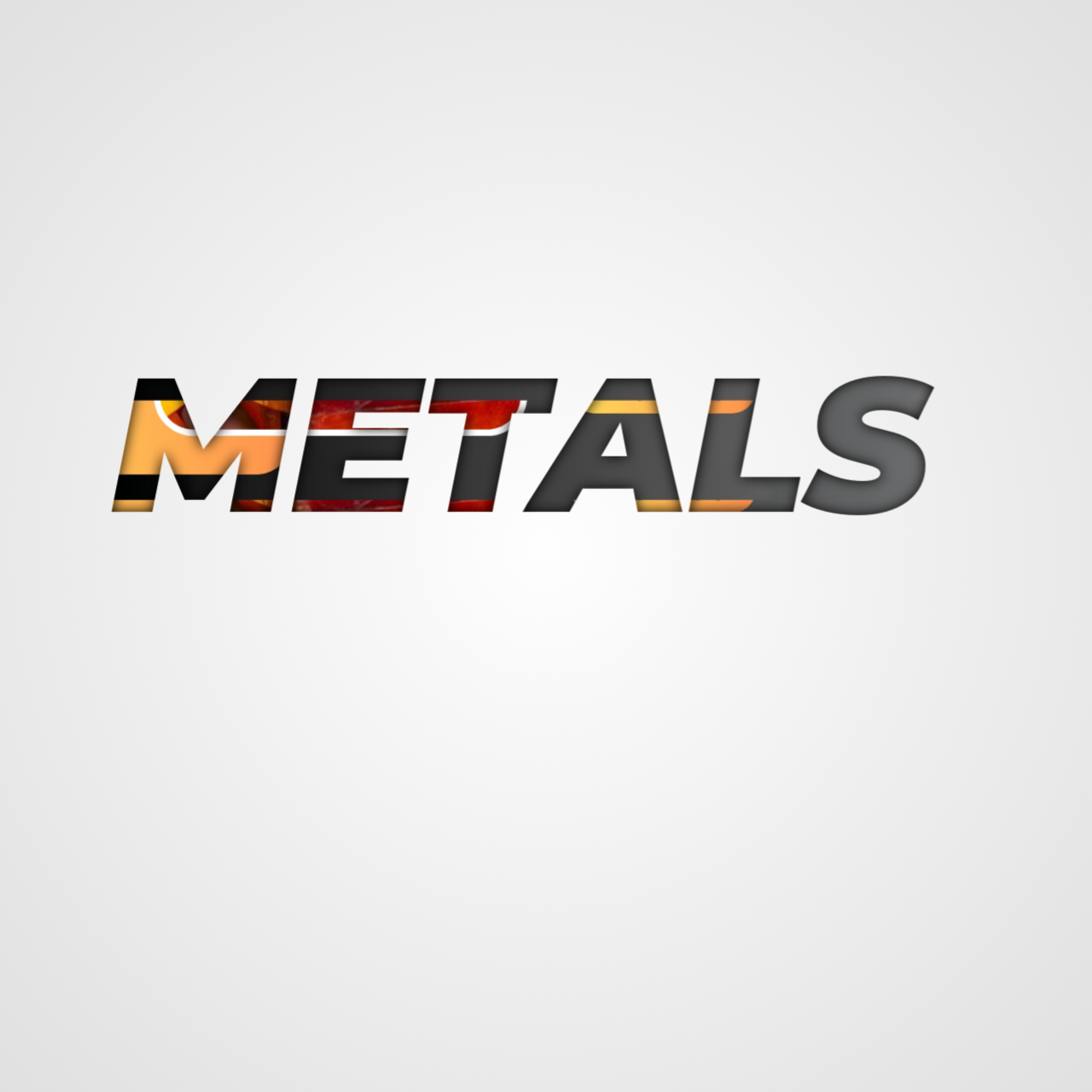WHAT ARE METALS?!
Metals are a group of chemical elements characterized by their properties, which include:
Luster: Metals have a shiny appearance due to their ability to reflect light.
Conductivity: They are good conductors of heat and electricity. This is because they have free electrons that can move easily, allowing the flow of electric current and the transfer of heat.
Malleability: Metals can be hammered or pressed into various shapes without breaking.
Ductility: They can be drawn into wires without breaking.
High Density: Most metals are dense, which means they have a high mass for a given volume.
Solid State: At room temperature and normal conditions, most metals are in a solid state.
High Melting and Boiling Points: Metals generally have high melting and boiling points compared to nonmetals.
Characteristics Of Metals:
Reactivity: Metals often react with oxygen to form metal oxides, and the reactivity varies among different metals.
Corrosion: Many metals are susceptible to corrosion when exposed to moisture and oxygen, leading to the formation of rust or other corrosion products.
Acid-base reactions: Metals can react with acids to produce salts and hydrogen gas. Their reactivity with acids also varies.
Alloys: Metals can be combined to form alloys with unique properties, like steel (iron and carbon), brass (copper and zinc), and bronze (copper and tin).
Electropositivity: Metals tend to lose electrons easily, making them good conductors of electricity.
Malleability and ductility: Metals can be hammered into thin sheets and drawn into wires due to their ability to deform without breaking.
Thermal conductivity: Metals are good conductors of heat, allowing them to quickly transfer heat energy.
Luster: Metals typically have a shiny or metallic luster due to their ability to reflect light.
Density: Most metals are dense materials with a high mass-to-volume ratio.
CHEMICAL PROPERTIES OF METALS
Reaction with water: Only highly reactive metals react with water and not all the metals. For example, Sodium reacts vigorously with water and oxygen and gives a large amount of heat in the process. This is why sodium is stored in kerosene so that it does not come in contact with moisture or oxygen.
Reaction with acids: Hydrogen gas is produced when metals react with acids. For example, when zinc reacts with hydrochloric acid it produces zinc chloride and hydrogen gas.
Reaction with bases: Not all the metals react with bases and when they do react, they produce metal salts and hydrogen gas. When zinc reacts with strong sodium hydroxide it gives sodium zincate and hydrogen gas.
Reaction with oxygen: Metal oxides are produced when metals burn in the presence of oxygen. These metal oxides are basic in nature. For example: When a magnesium strip is burned in the presence of oxygen it forms magnesium oxide and when magnesium oxide dissolves in water it forms magnesium hydroxide.
Click on link to join our WhatsApp Community.
Click on quiz to answer the assignment for today.





